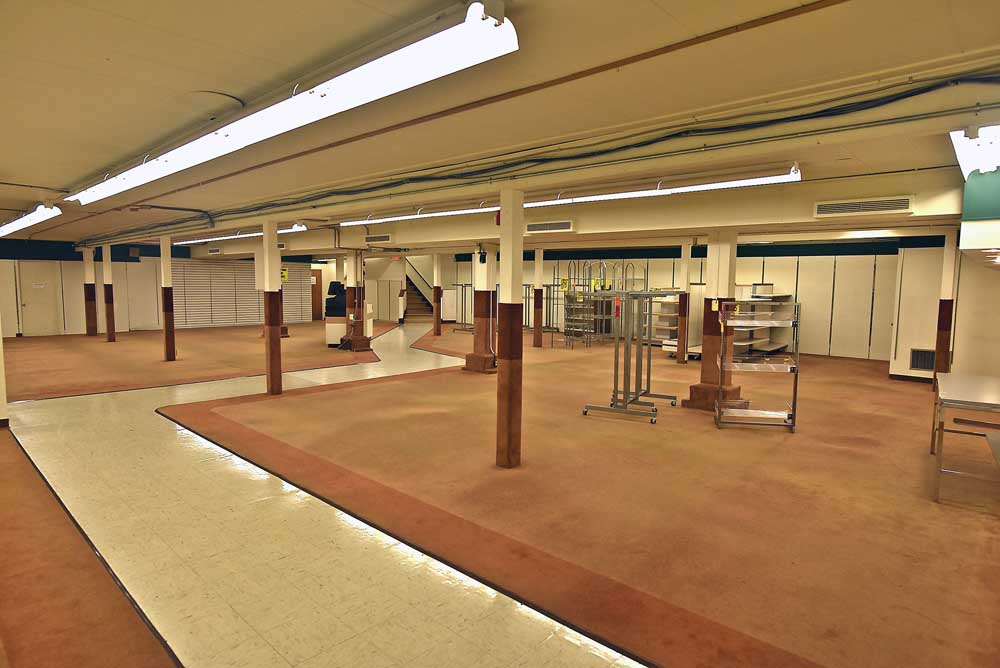J.C. Penney’s was a downtown fixture
Published 5:55 am Monday, July 31, 2017

- The various floors of the J.C. Penney store in Astoria sit virtually empty as they plan to close the doors today.
A business brief in The Astoria Daily Budget on Jan. 10, 1916 heralded the opening of Astoria’s J.C. Penney store. “The J.C. Penney Co., prominent mercantile operators of the northwest, owners of 83 different stores, have leased two store rooms in Spexarth Building, where it will open for business about April 1.… The Penney Co. establish places which are invariably a credit to the cities in which they are managed.”
After more than 100 years in operation and several moves downtown, J.C. Penney closes today.
The retailer opened its 109th store in Astoria April 8, 1916. According to store history, the opening was financed by the profits from the store in Pendleton, Oregon’s first J.C. Penney. In March, the company announced the imminent closure of 138 stores.
While on vacation, company founder and namesake James Cash Penney visited Astoria in 1918, at which point he had 197 locations. “Mr. Penney reports that his many stores on the coast are doing a wonderful business and he is especially pleased with the one in Astoria so successfully conducted by E.R. Keefe,” read a story about his visit in The Morning Astorian.
A Dec. 9, 1922, story in the Morning Astorian said J.C. Penney was destroyed in the major fire that gutted much of downtown. Penney’s moved to Ninth and Astor streets temporarily, before relocating in 1923 to the lower floor of the Osburn-O’Brien Building at 14th and Commercial streets. About five years later, it would move one storefront west to its current location.
“The J.C. Penney company store will open for business this morning in its new home in the Morton Nelson Building on Commercial Street near Fourteenth and just west of the former location of the establishment,” said an article in the Oct. 26, 1928, Morning Astorian.
Representatives from J.C. Penney, which owns the Morton Nelson Building, declined to comment on the future of the building after the store closes. The store, between Paramount Drug Co. and Allstate Insurance, was one of 13 locations made to look alike, according to Operations Supervisor Chris Hoffman, and includes a tiled entrance inscribed with the store’s name.
City Planner Nancy Ferber said there are no development restrictions on the building, but that a major change of use, say, from mercantile to manufacturing, could require a change of occupancy. Exterior alterations could come under historic review, she said, if the new tenants or owners want to change the character of the building.





